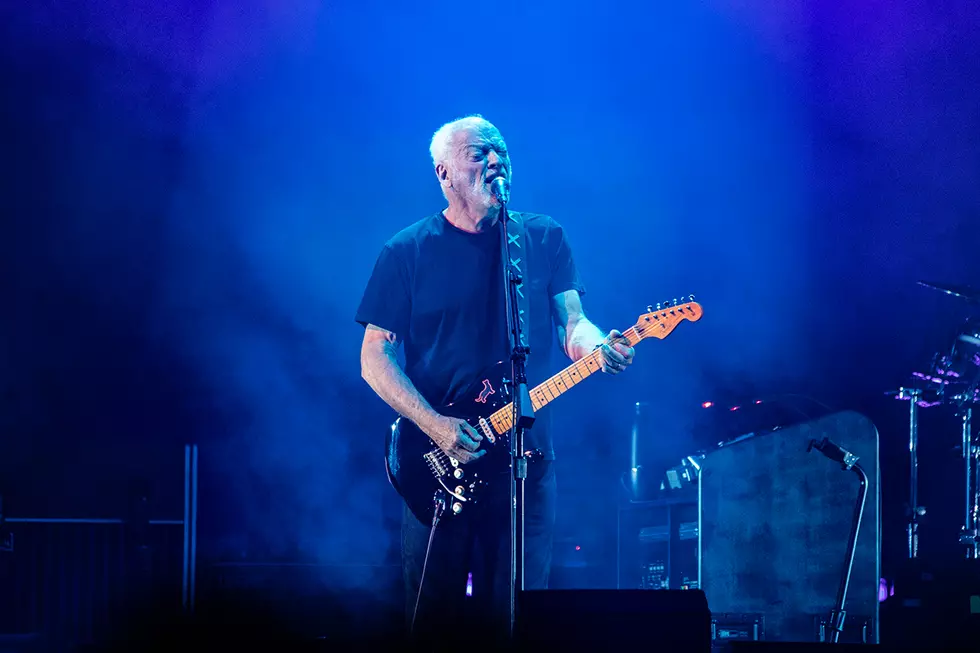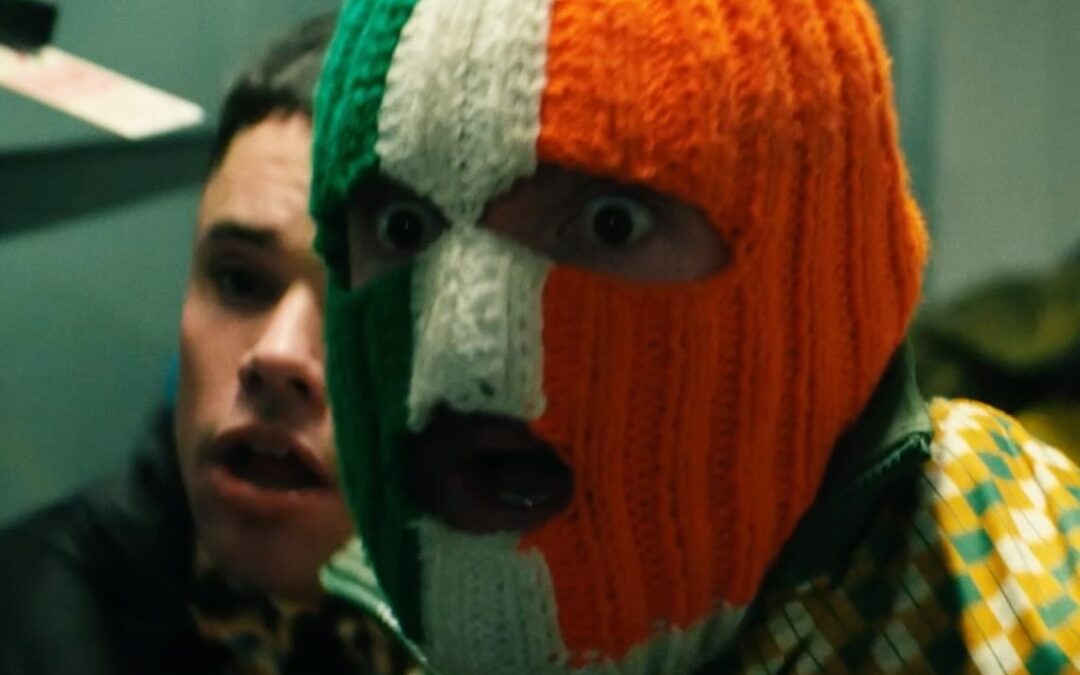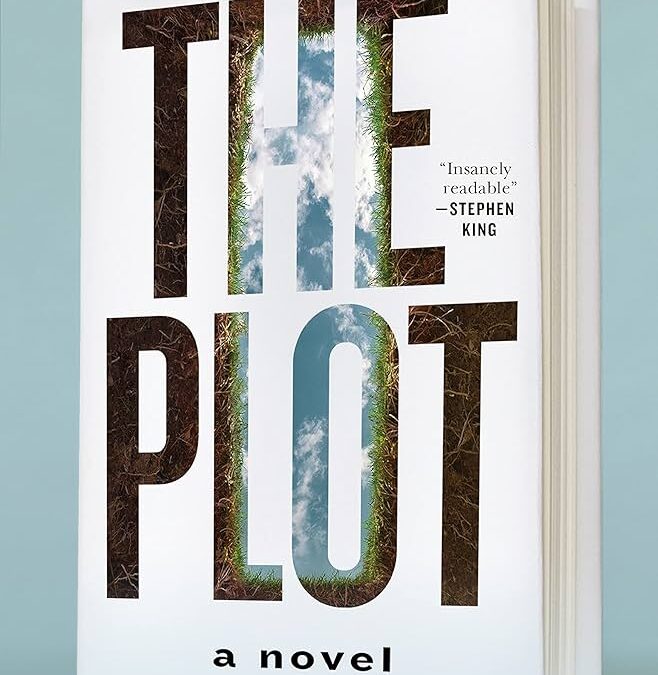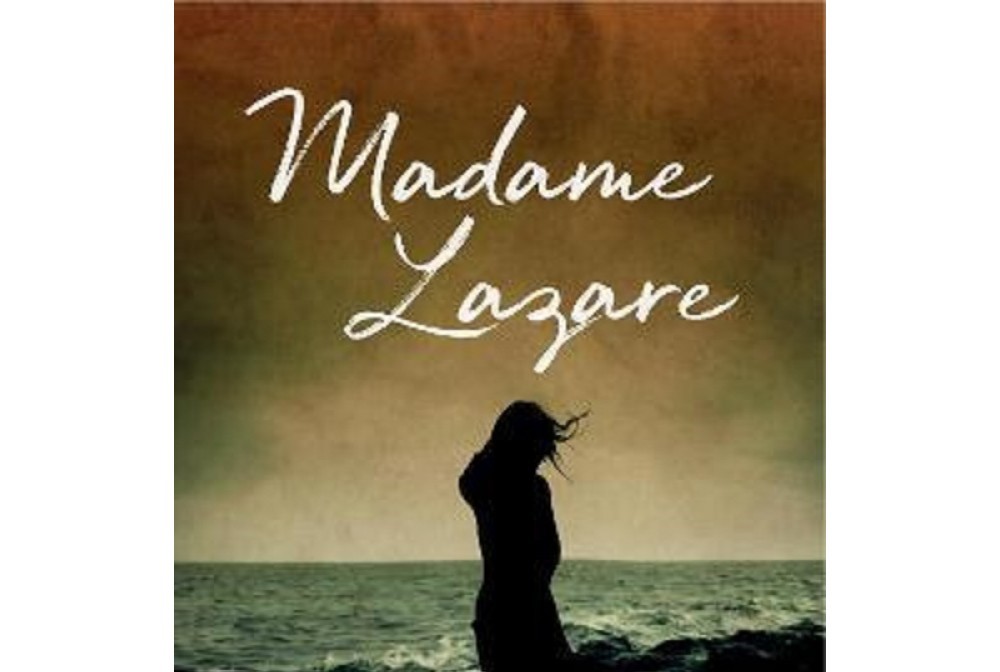
Elton!
Elton!
When my wife saw that Elton John was going to be on stage in San Diego a few days later, I thought there wouldn’t be any tickets left. But for the fun of it, I searched ‘Ticketmaster’ and was surprised to find that there were still tickets available. I immediately bought a couple.
This was a rare opportunity, as Elton had retired from touring a few years ago. In this case, he made an exception because it was a fundraising event for a good cause. Elton donated the proceeds from his concert to ‘Curebound’, a local non-profit organization that provides funding for cancer research. Elton himself survived prostate cancer in 2017. He almost died from a rare complication (a type of virus) that occurred after he had surgery. At that time, he realized what was important in his life, and decided to spend more time with his family and less time touring.
Memories
Elton's songs were my soundtrack in my early teens. I remember dancing at discos with 'Rocket Man', 'Crocodile Rock', or 'Daniel' being played loudly. I don't have many memories of that time, but that was one of them. Almost every one of Elton's songs went to the top of the charts in the seventies. Elton was a great composer but he couldn't write lyrics. His friend, Bernie Taupin, was a great lyricist but he couldn't compose music. Liberty Records brought them together when they gave Elton a folder of Taupin's lyrics. Elton composed the music for them, and Bernie and Elton began a really famous partnership. They have collaborated on almost every song since their initial one in 1967. Until recently, Bernie would send lyrics to Elton, and then Elton would compose the music – without them meeting! In recent years, they have met more often to write songs together.
The Run-up
The spotlight was on the organization Curebound when its CEO, Anne Marbarger, took the stage.
“Now – more than ever, we need to support our scientists,” said Anne. She is right, given the recent severe cuts to the National Cancer Institute. “With our support, a cure for cancer will come from San Diego.”
Since its founding in 2021, Curebound has raised nearly $150 million to award funding to 6 research institutes trying to find cancer cures. Curebound received $11.5 million from this concert alone – Elton is a great philanthropist!
Elton then arrived on stage, wearing a yellow suit, the color that signifies cancer awareness. After a spirited opening with ‘Funeral for a Friend/Love lies Bleeding’, Elton had a few words to say: “It’s great to be here to celebrate this incredible organization. It’s not often that I go to places where there are so many people who have experienced cancer, including myself. Let’s enjoy it (the night) to the fullest!
The Concert
Elton and his band were absolutely fantastic, although there were a few minor problems with the sound mix. After ‘Funeral for a Friend’, they continued with a set of classics: ‘Bennie and The Jets,’ ‘I Guess That’s Why They Call It The Blues,’ ‘Philadelphia Freedom’ and ‘Tiny Dancer.’ And then with another great set: ‘Goodbye Yellow Brick Road,’ ‘Rocket Man,’ ‘Levon,’ ‘Candle in the Wind’ and ‘Sorry Seems To Be The Hardest Word To Say.’
During the concert, Elton sang and played at a superb level – with energy and passion. He played special keyboard solos on ‘Benny and The Jets,’ ‘Rocket Man’ and ‘Levon’. He played a variety of styles – including boogie-woogie, gospel, jazz and blues – in an inspiring and exciting combination.
For the last song, Elton sang ‘Your Song’, and then there was a fireworks display that no one expected. It was a fitting end to a great concert.
The last line of the last song stayed with me: ‘How wonderful life is when you’re in this world!’ It says everything about this noble cause in one short line!








